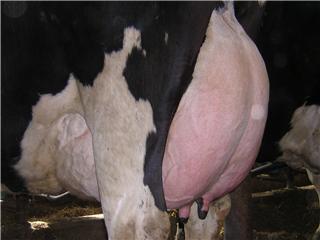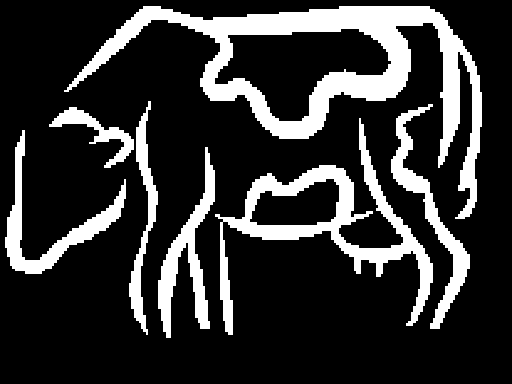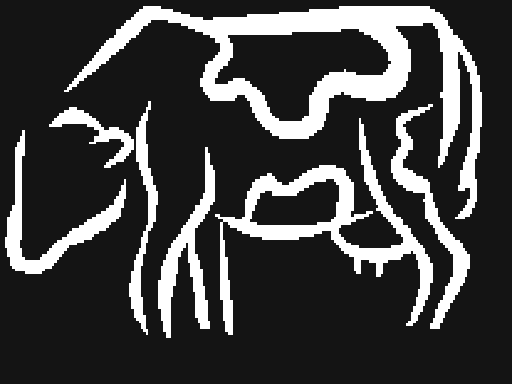Habitat:
Habitat

Down on the farm
Mycoplasma bovis
can be found in a large range of habitats either within the animal
itself or on a substrate. Because of this Mycoplasma bovis can cause a
large range of effects in multiple areas of the body.
Areas of the cow that Mycoplasma
bovis can infect include:
Lungs
(pneumonia)-
Mycoplasma bovis can cause severe forms of pneumonia in calves at a very
early age. This results in a higher mortality rate among those infected.
The problem with an infection of Mycoplasma bovis in the lungs is the
ability to easily be dispersed to other animals and thus infecting them.
This is especially the case when multiple calves are kept in close
proximity of one another and the bacteria is being transmitted in the air
(Brishard 2003).
Joints (Arthritis)- Mycoplasma
bovis that is contracted by a young calf, through either infected milk
or contracted pneumonia, has the ability to travel to various parts of
the body. One of the
most common areas is the joints
(check out adaptations). What develops is
swelling of the joint and severe pain to the animal. The arthritis can
either spread to a single joint in the animal or multiple joints, greatly
affecting the ability of the animal to move
(Brishard 2003).

Udder (Mastitis)-
Mycoplasma
bovis that infects the udder of a cow has a dramatic effect on
production of milk in many dairy herds. Mycoplasma mastitis
is very problematic when compared to other forms of mastitis.
This is
due to the fact that very few effective treatments have been developed
to help fight off a Mycoplasma infection leading to severe inflammation
of the quarter that is infected. It is not uncommon
for Mycoplasma bovis to spread to multiple quarters causing severe drops
in milk production
(Brishard 2003).
For more information see
Interesting facts.

Created By: Garrett Blumer
University of Wisconsin- La Crosse
Page Last Updated: April 25,
2008


